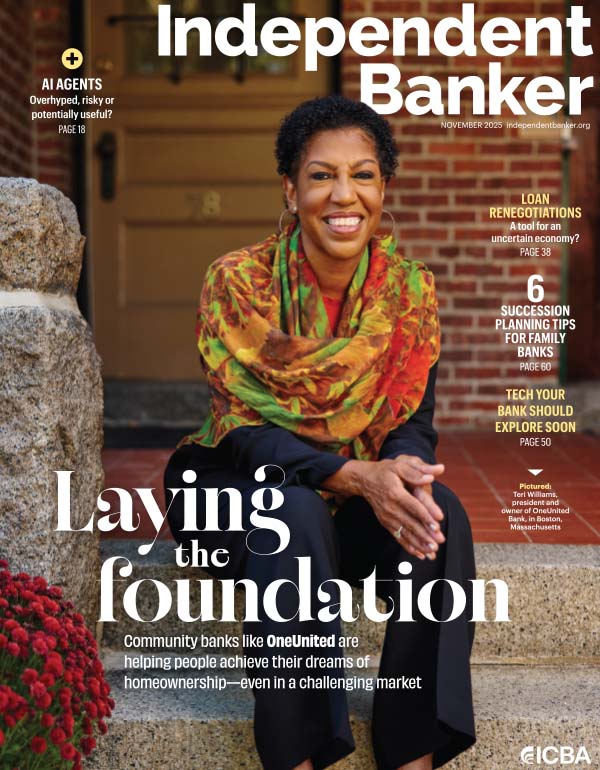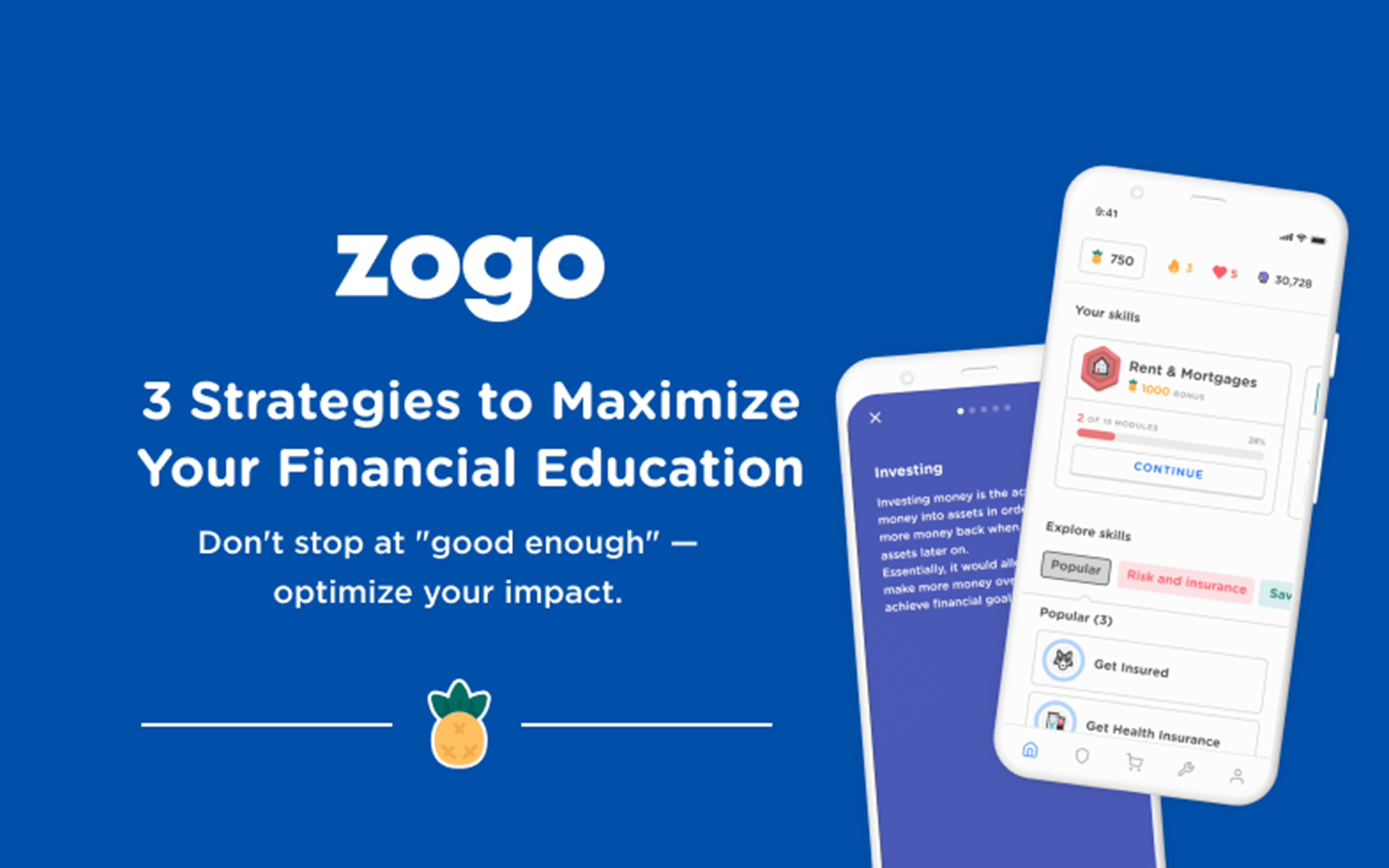Financial literacy is the backbone of consumers’ ability to manage their money and make smart, informed choices. But the absence of accessible, effective financial education is drastically decreasing the average financial literacy rate, thus handicapping people’s potential financial prosperity. This crisis of financial knowledge has led to rapidly rising financial anxiety rates, especially amongst Millennials and Gen Z.
While we can agree that financial institutions offering access to education is part of solving the financial
literacy crisis, what about assessing efficacy to maximize customers’ learning potential? Merely checking the box of providing resources is not enough — it’s critical to ensure that your education offerings yield knowledge retention
and make a meaningful difference in improving your community’s financial literacy and anxiety. By employing the following strategies, your community bank is sure to optimize your education initiatives.
Education Efficacy — The Testing Effect
While you may be providing your community with access to educational resources, how are you ensuring that they’re learning effectively? Research into cognition and education revealed a strong strategy for yielding long-term information recall, known
as the testing effect, which consistently outperforms other knowledge retention strategies. The testing effect, also known as active recall, is a method in which a learner tests
themselves on pieces of information they previously studied. Testing allows learners to actively engage in the learning process by driving them to apply skills and reinforce the knowledge in their memory.
Leverage this research to enhance your education offerings by including mini-quizzes or tests throughout your personal finance curriculum. As learners test their own knowledge, their financial anxiety will decrease as their financial literacy increases.
Microlearning Maximizes Education
The testing effect is complemented best by a curriculum delivery that aids in information digestion. In the digital age, as short-form content becomes more ubiquitous and attention spans decrease,
particularly amongst younger generations, longer-form educational resources like textbooks or PowerPoints fail to keep minds engaged and knowledge retained. It’s critical to make your lessons shorter and easier to consume, especially to minimize
the potential intimidation of financial jargon.
It’s recommended to split your curriculum into bite-size lessons, also known as microlearning,
to make financial literacy resources more accessible and engaging — and result in better outcomes in the testing effect stage.
Gamified Learning
While “testing” may imply something that’s boring or intimidating, it can actually be quite fun and engaging if you lean into the digital age principles of gamification. For example, offering points for correct questions can be motivating to keep learning. Moreover, if you allow customers to exchange an allotment of points for real rewards like gift cards or direct deposits, testing becomes the most exciting and rewarding part of the education experience!
Learn More
Want to dive deeper into more education strategies that will maximize your financial literacy resources? Request a demo to learn how Zogo is forging the future of financial education. Join our 250+ partners who have benefited from Zogo’s innovative education solutions.






